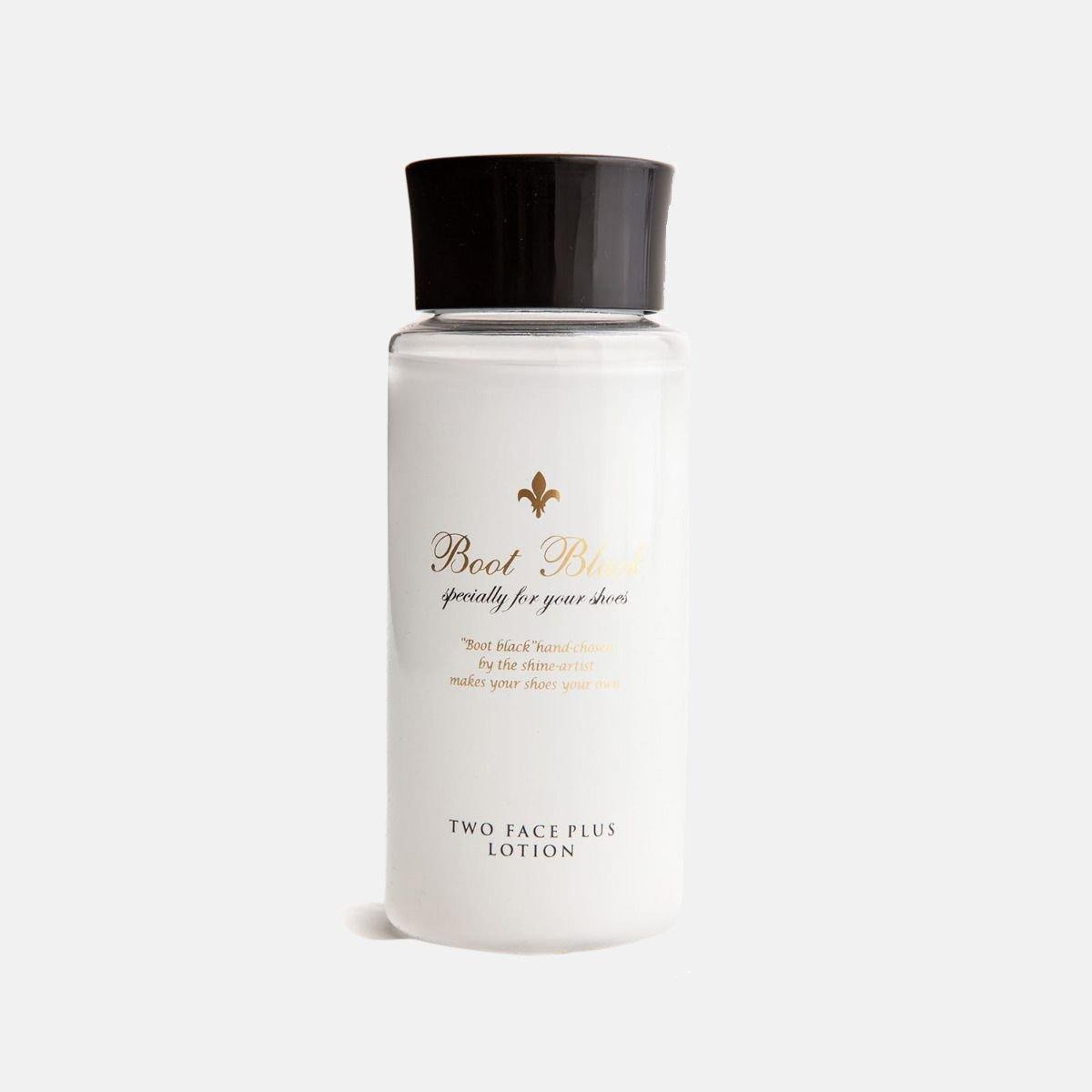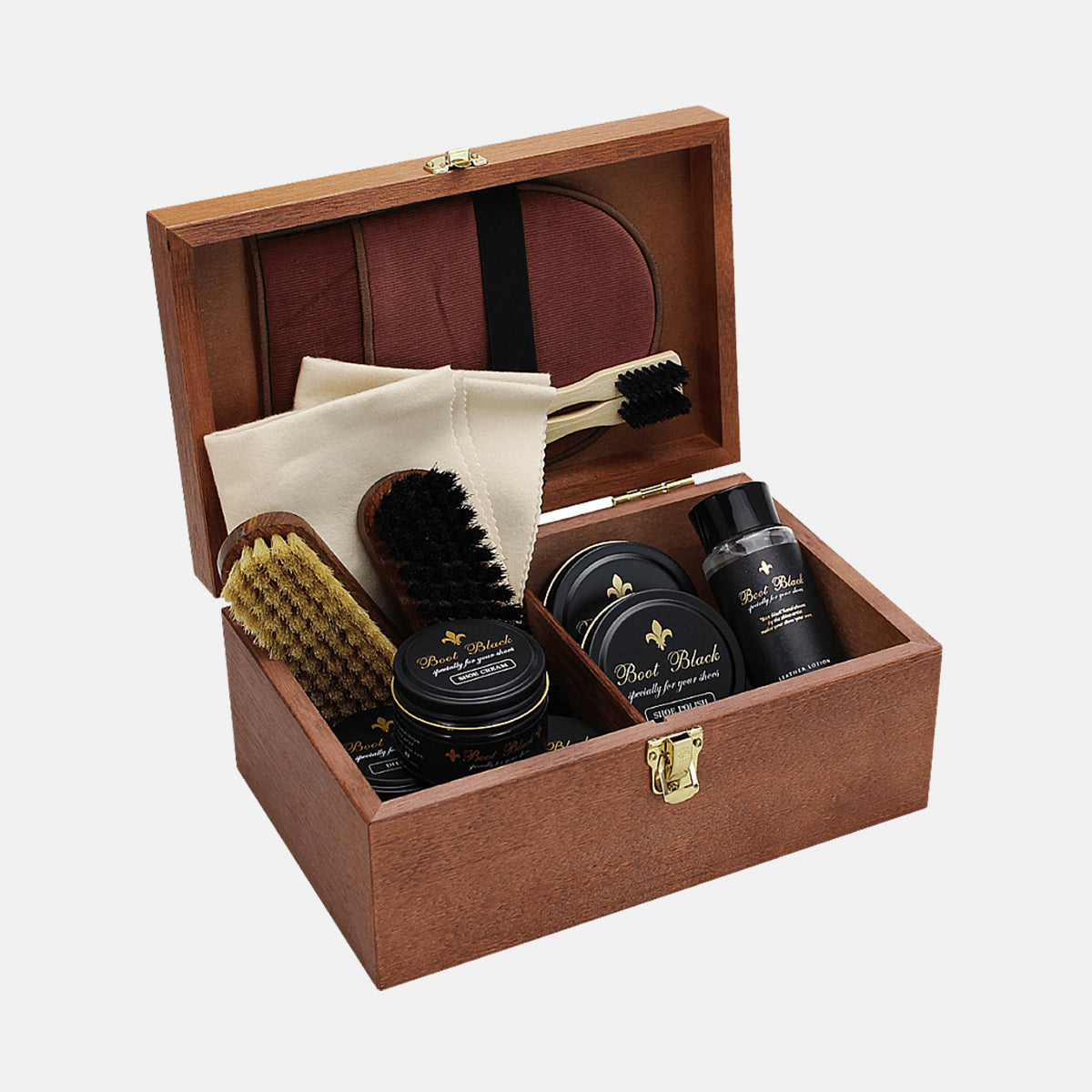Your Cart is Empty
NEW SHIPPING RATES AS OF 04 MARCH 2024. HERE.
Menu

NEW SHIPPING RATES AS OF 04 MARCH 2024. HERE.
Shoe Trees
shoe care
shoe stretchers
Sets

A Graduates Guide To Buying A Suit
May 31, 2017 5 min read
 People respond to how we’re dressed, so like it or not this is what you have to do. – Harvey Spectre
People respond to how we’re dressed, so like it or not this is what you have to do. – Harvey Spectre
If, like me, you’ve just graduated (or are about to), you’re probably eager to shed the ‘student’ moniker and begin your life as a refined man. Whatever path you choose, you’ll quickly find that there is one absolute in this well-trodden journey – a good suit!
A suit purchase is a big deal. It's a significant cost too. As young professionals starting out, we need to carefully balance the need to look the part and pay next month's rent. The guide below will help you find that balance, a suit that gives you real value, one that people will positively respond to.
#1 Versatile

The more situations you can wear your suit, the better. It must be adaptable to a range of occasions and circumstances, from job interviews to weddings. Avoid purchasing for a particular event. Instead use 'versatility' as your yardstick for selecting the colour and style of the suit.
#2 Colour
Yes, Colin Firth in Kingsman looked amazing in a black suit. But solid black is probably a little too formal and restrictive (and few can wear a suit like Mr. Firth anyway). Stick to a more versatile navy or charcoal colour. Or for those who already own a couple of suits, a classic pinstripe is a way to safely pattern-up.
#3 Style
Another decision to be made is the style of your future suit. The elements that determine a suit's style are too many to give justice to here. But by simply heeding the advice of Goldman-Sachs Elevator, the vertebral bank of corporate wit and wisdoms, you'll find a classic style that works for many occasions:

#4 Cut
A classic suit cut is timeless. they can be used for almost any occasion if fitted well. Men's Style outline the three most common cuts you will likely come across, and the body shapes they best fit:

American
American cuts are synonymous with bigger shoulders and more room across the chest. Thank evolution and a bountiful food supply. A single-breasted jacket and flat-front trousers work best (just say no to pleats! Regardless of style).
European
European cuts look best on men of average builds. The jackets are usually shorter in length and tighter, with sharp shoulders and a higher armhole.
British
The British cut is a good choice for one with an athletic, average or tall build. The British cut is traditionally designed to hug your waist and emphasise your shoulders. The jacket will be longer with slightly shorter sleeves. The shoulders will be softer than their American cousins and have a 'nipped' waist.
#5 - Fit
Even expensive suits look cheap if they don't fit well. When trying on a suit, use these seven ways to tell if the suit fits properly, by Esquire:
- Shoulder pads end with your shoulders.
- Your flat hand should slip easily into your suit under the lapels when the top (or middle) button is fastened. If you put a fist in, the suit should pull at the button.
- The top button of a two-button suit — or the middle button of a three-button suit — should not fall below your navel.
- With your arms at your sides, your knuckles should be even with the bottom of your jacket.
- Jacket sleeves should fall where the base of your thumb meets your wrist.
- Between a quarter and a half inch of shirt cuff should be visible.
- One inch of break.
#6 Alterations
Most graduates (like myself) will buy off the rack suits - and there is nothing wrong with that! The trick to looking dapper in an off the rack suit is alterations. The key to alterations is knowing what the tailor can and (more importantly) can't do.
#7 - Fabric

Suits can be fashioned from all sorts of materials, but typically most suits are wool. Wool is both breathable and natural - all in all, a quality fabric. However, this does factor into a suit’s price. An all-natural merino wool, for instance, may be outside of your price range.
Alternatively, wool blends incorporating cashmere, silk or polyester can be a more economical substitute and many top suit brands use them in their wares. Polyester/Wool blends are the most inexpensive fabrics (although online suit snobs may scoff - ignore) and are more resistant to abrasions and wrinkles. Just be mindful of the blend, because the greater the percentage of polyester the less the fabric will breathe - this can be a problem in our hot summers.
#8 – Price
Regardless of your budget, you should always look for the best quality that you can afford - as the maxim goes, 'quality is the best bargain.'
Suits can vary in price from budget off the rack ($) through to the designer or bespoke tailored ensembles ($$$$$). The three (3) types of suits you will come across are outlined below:
Off the rack
Often the most common and cost-effective suit to buy. The majority of these suits are not fully canvassed (lining and stitching) and, more often than not, fused together with glue.
($$$$ Henry Bucks, $$$ TM Lewin, $$$ M.J. Bale, $$ Topman)
Made-to-measure
Made-to-measure suits are pre-designed, made by hand or in concert with machine. The fabric is often better quality than off the rack, and the suit will be fitted to your measurements. One can pick a made-to-measure for as little as $300, making them an attractive choice for graduates who want that slightly better fit.
($$$ Institchu, $$$$ the Suit Shop, $$$ Oscar Hunt)
Bespoke
There is made-to-measure, and there is bespoke, and as any Savile Row purest will attest, 'ne'er the twain shall meet.' Bespoke suits are handmade, expertly fitted, use the best fabrics and are created exclusively for you. It is the ultimate suiting experience.
($$$$$ American Tailor, $$$$$ Herman Bros & Co, $$$$$ Barker Bespoke)
For a list of the best places to buy suits in Australia (on varying budgets), I found this article by D'Marge and A Poor Man's Millions very useful. For a more general guide on how quality can be cheaper in the long run, check out our cost per wear article.
Author’s note:
An often-overlooked aspect of owning a suit is maintenance. Think of it like a car, it needs to be looked after and shown a little TLC to stay at the top of its game. Your suit is no different. Looking after your suit will increase its lifespan and ensure it still looks as good as new after many wears.














